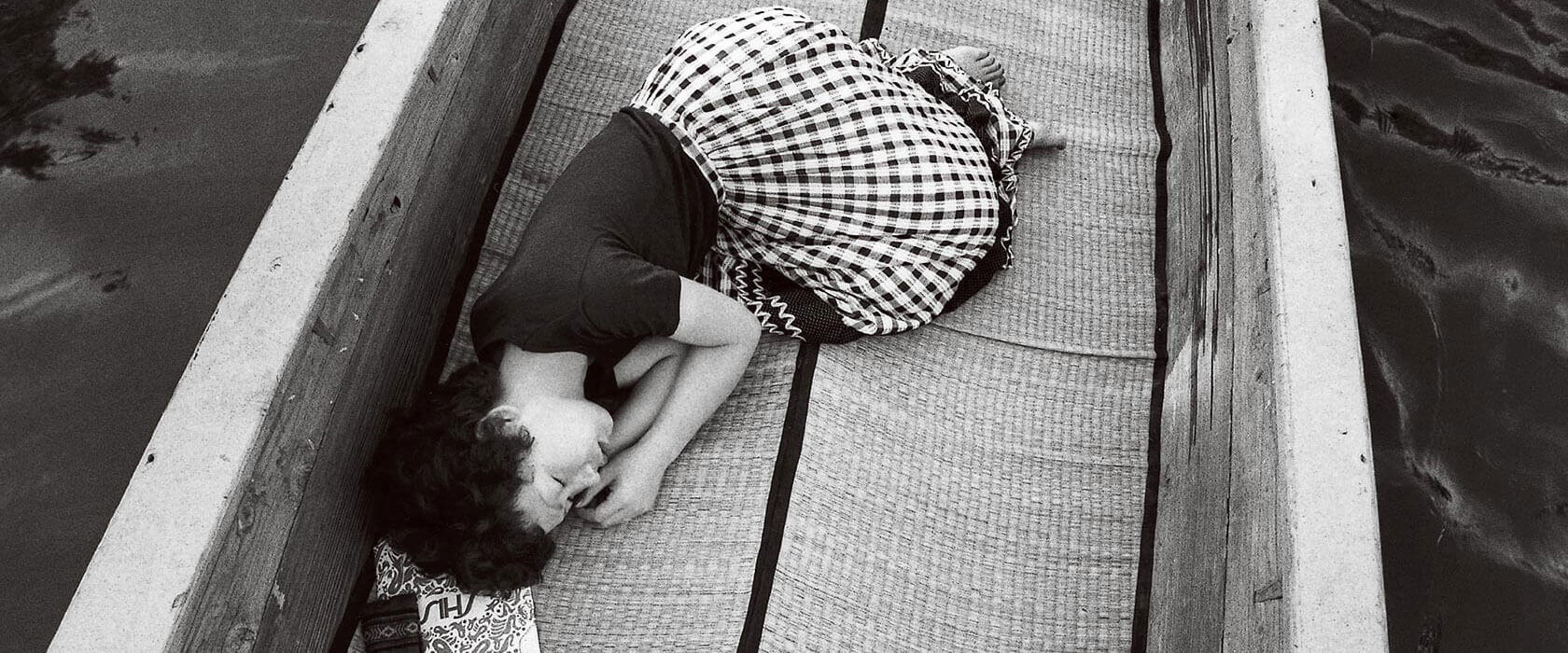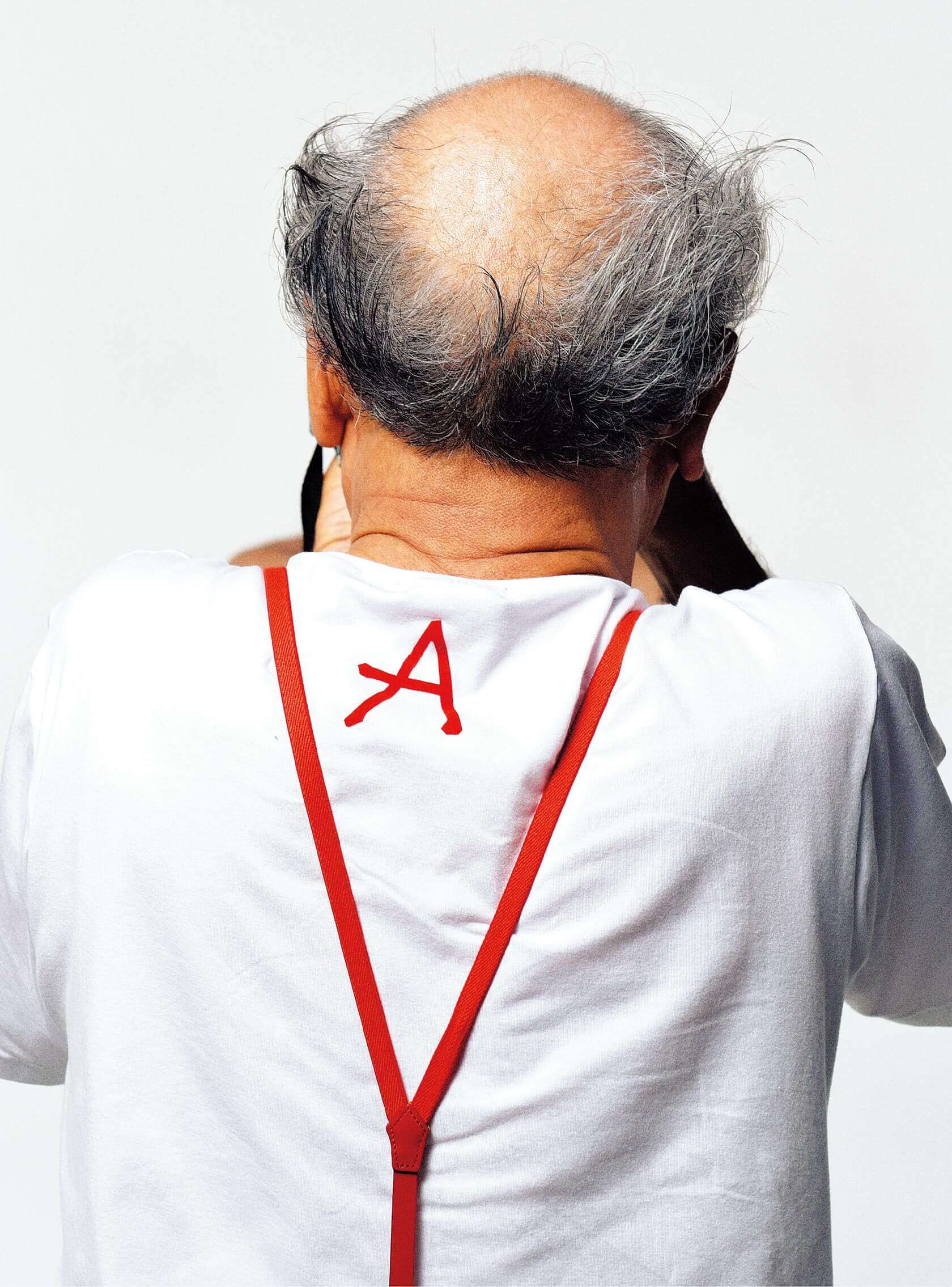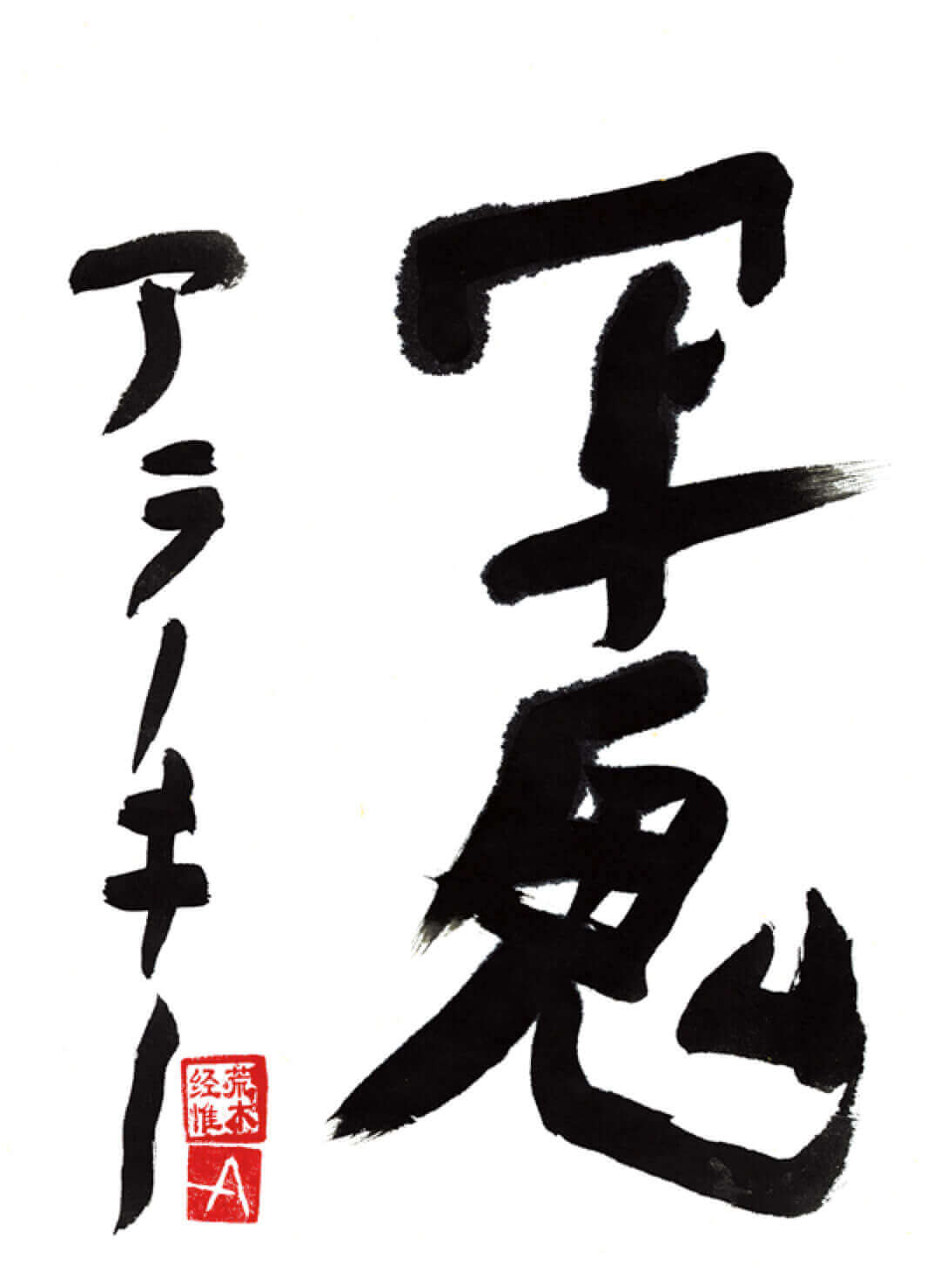Following the Traces of the Seventy-five Years of the Genius of Photography
Araki: The Photo Devil #01

©Nobuyoshi Araki
‘The Ukiyo-e artist Kawanabe Kyosai called himself the Demon of Painting, you know. I’m more the Photo Devil’—Nobuyoshi Araki. Araki starts his day early, photographing the sky from his veranda. He then shoots a picture of his breakfast. Next, he moves to his bedroom and uses a brush to write the names and title lettering for a solo exhibition. After going to a Tokyo studio for an afternoon photo shoot with models, he meets with curators and members from the media in the evening. Over the weekend, Araki disappears into his home to shoot still-life. For him, these days aren’t days of rest. Some of his photos repulse, and yet some inspire through their imaginative beauty. The power of Araki’s work lies in the contrasts of life and death, tranquility and chaos, madness and humor—his controversial style scorches the eyes and finds purchase in one’s memory to last a lifetime.

©Nobuyoshi Araki

©Nobuyoshi Araki
Araki: The Photo Devil —
#01: Following the Traces of the Seventy-five Years of the Genius of Photography
#02: The Art World’s Polytropic Genius >
#03: Interview: From Scrapbooks to Volumes >
#04: Araki Himself Explains the Masterpieces that Changed History >
#05: Araki Freely Uses Different Cameras in His Compound-eye Photographic Technique >
#06: His Latest Masterpieces are Shot Based on Five Themes >
TRENDING
-
The Tattoos that Marked the Criminals of the Edo Period
Traditional tattoos were strong signifiers; murderers had head tattoos, while theft might result in an arm tattoo.

-
Chiharu Shiota, Red Threads of the Soul
Last year, more than 660,000 people visited the retrospective 'Chiharu Shiota: The Soul Trembles' exhibit at the Mori Art Museum.

-
‘Before Doubting Others, Doubt Yourself. Who Can Truly Say a Dish Isn’t What It Used to Be?’
In ‘A Non-Conformist’s Guide to Surviving Society’, author Satoshi Ogawa shares his strategies for navigating everyday life.

-
The Story of Sada Yacco, the Geisha who Bewitched Europe
Described by Dazed magazine as the first beauty influencer, she has been restored to her former glory since 2019.

-
Ito Jakuchu's Naturalist Paintings
From 15 September until 14 October 2018, the Petit Palais showcased the artist's iconic ‘Images of the Colourful Realm of Living Beings’.





